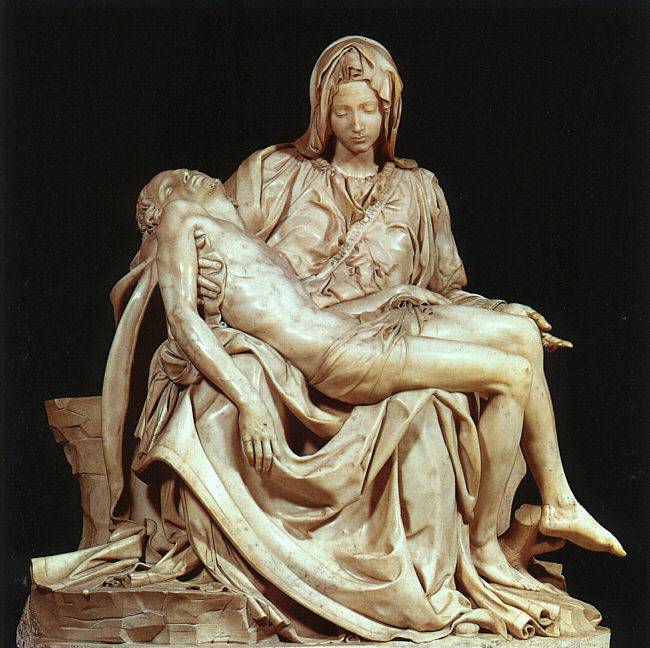Knowledge Arouses an Artist’s Creativity
Artists subconsciously use their general knowledge to generate a sense of creativity within their artworks. So what then is knowledge? What is creativity? And how do these two components correlate? Knowledge is the basic understanding of a particular subject, such as the knowledge of a flower—how it looks when it blooms, what type of environment it need to be in, and etc. Creativity is the artist’s wild imagination. It is the risk of doing outrageous things with a medium, challenging the audience with its visual impact. The word creativity is so broad ranged that it is indescribable. However, I will try to do just that (describing the meaning of creativity) to the best of my ability. I, as an amateur artist, also use my knowledge of how shadows fall on a shape to create a piece of work with the correct values and lights. All artists, therefore, do not create products out of the bloom (and if there is such artists, there are only few), but also uses their knowledge of the world around them to creatively craft a piece.
According to my understanding, knowledge is to be familiar with facts, studies, or guideline of things. Knowledge is important to every one in any professional. When someone is knowledgeable in a particular subject he or she can use that knowledge to his or her advantage in their professional. For example, a chef needs to know all the basic ingredients of a food: how it tastes and how to cook it in order to create a recipe that the public likes. In general, knowledge is the basic erudition a person has of the world. People need knowledge to function in the world.
Creativity is utilizing traditional and known information (knowledge) to form new innovated ideas that is meaningful and imaginative. Solving a problem requires general knowledge. Whether its finding a resolution of how to fix a person’s heart, an answer to a math problem, or building an art piece, everyone employ knowledge to do these things. Once a person knows how something is work, or is, the individual will use that understanding to creatively solve a problem. An example is Michelangelo. He uses his own observation and investigation of the human form and applied it his large marble sculpture, David. David illustrates the detailed studies Michelangelo since his human anatomy is like that of a real person.
In conclusion, knowledge and creativity go hand in hand. Without Knowledge, creativity cannot be formed. Once a person is acquaintance with a subject, he or she is able to use that understanding and creatively make something out of it. Creativity cannot come out of itself without some basic understanding of the world. Therefore, we go to school to learn and gain some knowledge of the world so we can thus, creatively innovate something new.















